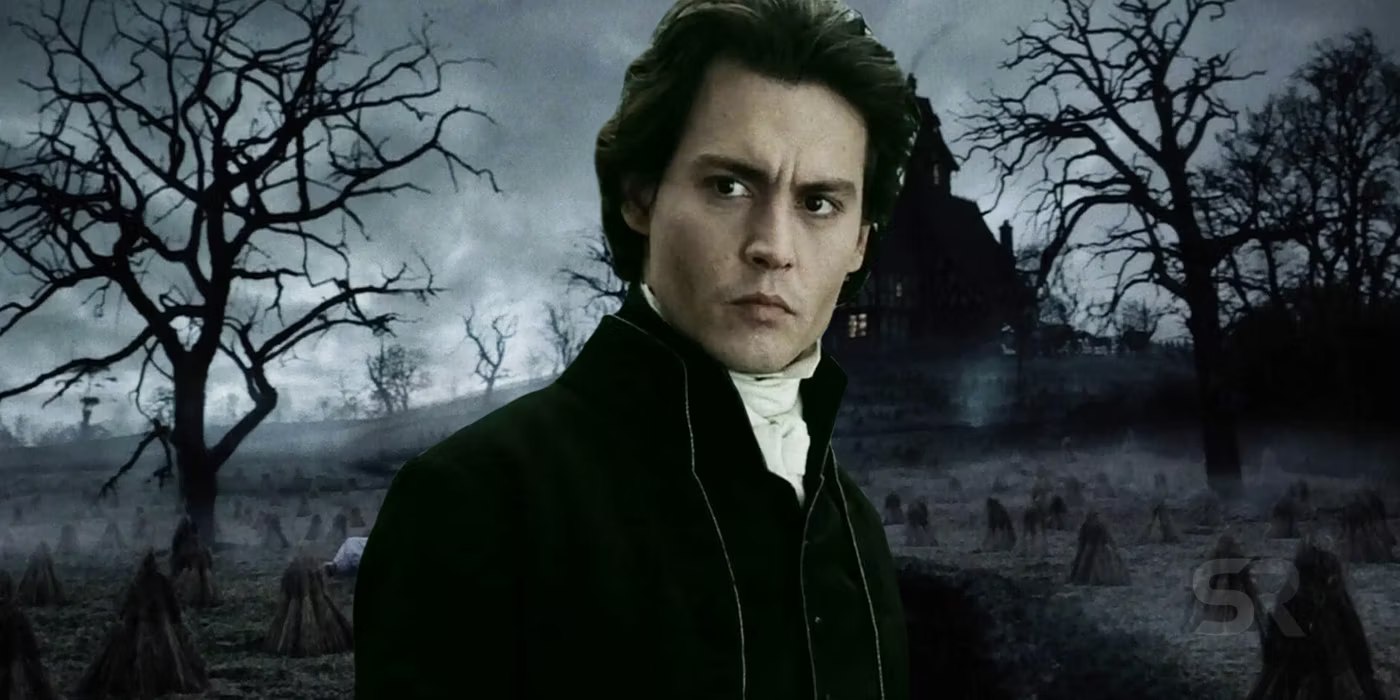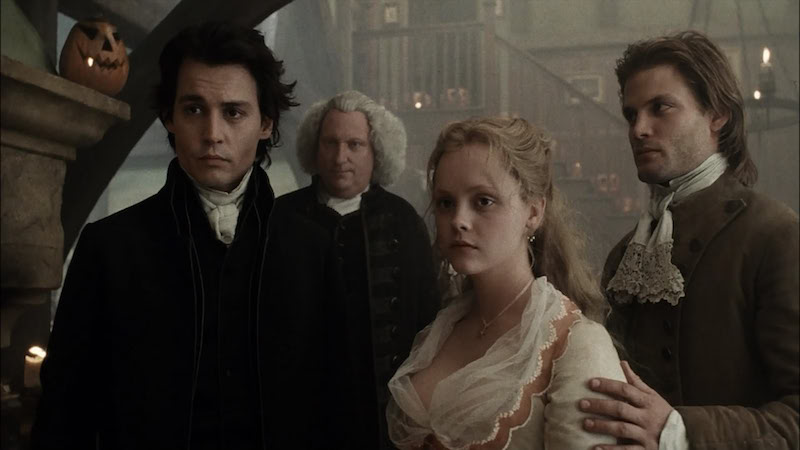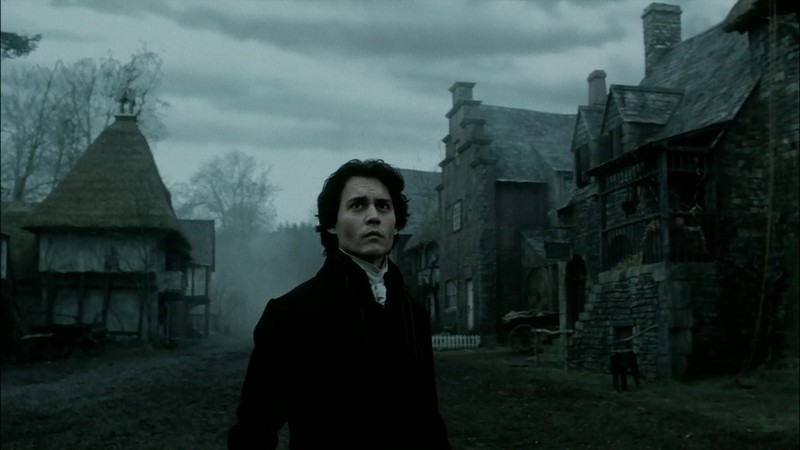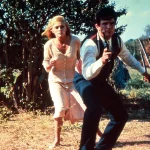Sleepy Hollow (1999)

Directed by Tim Burton and released in 1999, “Sleepy Hollow” is a dark and atmospheric adaptation of Washington Irving’s classic tale, “The Legend of Sleepy Hollow.” Set in the eerie backdrop of 1799, the film unfolds as a haunting mystery steeped in supernatural lore and gothic ambiance.
The story centers around Ichabod Crane, portrayed by Johnny Depp, a skeptical constable from New York City who is sent to investigate a series of grisly murders in the secluded village of Sleepy Hollow. Armed with forensic techniques far ahead of his time, Ichabod seeks to uncover the truth behind the killings, which are rumored to be the work of the Headless Horseman—a malevolent spirit believed to be seeking revenge for a centuries-old betrayal.

Thematically, “Sleepy Hollow” explores the collision of rationality and superstition, as Ichabod Crane grapples with the supernatural forces that defy his logical worldview. The film delves into themes of fear, mortality, and the consequences of human greed and betrayal, weaving a tale of suspense and psychological intrigue.
Central to the narrative is the enigmatic figure of the Headless Horseman, portrayed with chilling intensity by Christopher Walken and skillfully executed by Ray Park in action sequences. His spectral presence looms over the village, instilling terror and serving as a symbol of the darkness that lurks within the human soul. As Ichabod delves deeper into the mystery, he uncovers dark secrets buried beneath Sleepy Hollow’s tranquil facade, revealing a community haunted by its past and its collective guilt.

Visually, “Sleepy Hollow” captivates with its gothic aesthetics and Burton’s signature style of macabre beauty. The film’s cinematography by Emmanuel Lubezki captures the mist-shrouded landscapes, eerie forests, and shadowy interiors that evoke a sense of foreboding and otherworldly enchantment. Burton’s meticulous attention to detail in production design brings to life the rustic charm and sinister undercurrents of Sleepy Hollow, creating a visually stunning backdrop for the unfolding mystery.
Furthermore, the film’s score, composed by Danny Elfman, enhances the eerie atmosphere with its haunting melodies and orchestral arrangements. From haunting chants that echo through the fog-laden woods to melancholic motifs that underscore Ichabod’s introspective moments, the music amplifies the film’s emotional depth and intensifies the suspenseful moments of revelation and confrontation.

At its core, “Sleepy Hollow” is more than a supernatural thriller—it is a cinematic exploration of human nature and the timeless allure of folklore and legend. Through its rich tapestry of characters and evocative storytelling, the film invites viewers to ponder the nature of fear and the boundaries between reality and myth.
In conclusion, “Sleepy Hollow” (1999) stands as a testament to Tim Burton’s visionary storytelling and Johnny Depp’s transformative performance. With its haunting visuals, evocative score, and thematic depth, the film remains a classic in the realm of gothic horror and continues to captivate audiences with its spellbinding tale of mystery and macabre.











